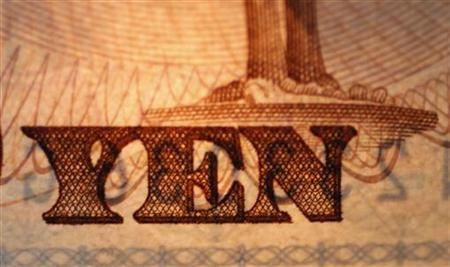Japan Core Machinery Orders Gain Surprisingly In February

Japan's core machinery orders rose in February against all expectations, indicating that the country’s economy is in the path of recovery in spite of deflationary pressures, a strengthening currency and decreasing foreign demand.
According to the data released by the Cabinet Office on Wednesday, machinery orders increased 4.8 percent in February, which was much better than the market expectations for a modest decline. In January, orders had made a 3.4 percent gain.
Orders from the manufacturing industry increased 16 percent while those from non-manufacturing industries (excluding shipbuilding and electricity) rose 2.3 percent. The breakdown suggests that a balanced increase was a factor behind the recovery in machinery orders.
Public orders and foreign demand declined to 7.3 percent and 18.3 percent respectively. This was the first time in five months that foreign demand has declined. Foreign demand has been robust in the last few months, subsequent to the easing of the supply chain disruption in Thailand.
Among manufacturing industries, orders from the automobile industry declined 5.7 percent.
The data showed gross machinery orders declined 14.5 percent in February. Meanwhile, machinery orders in February were largely supported by orders from the raw material industries including steel, which went up 17.3 percent. Orders from the petrol and coal products climbed 34.7 percent.
On a surprising note, orders from the construction industry declined.
It is expected that the political pressure on the Bank of Japan (BoJ) to go for further monetary easing will continue to remain. The focus has quickly shifted to the April 27 meeting of the BoJ’s Policy Board after the widely anticipated decision not to announce any further easing measures on Tuesday.
At the same time analysts do say that yet another round of asset purchase is unlikely to make much difference to the outlook either for Japan’s currency or for the economy, as financial conditions are already very easy. In February, the BoJ had expanded the size of the asset purchase.
Capital Economics says that February’s easing move certainly helped weaken the yen and lift confidence in equity markets, but this success was mainly due to the earlier-than-anticipated timing and the larger size of the increase in asset purchases. So even if the BoJ does loosen further at the end of this month, which is by no means certain, the markets may still be disappointed with the results.
© Copyright IBTimes 2024. All rights reserved.




















